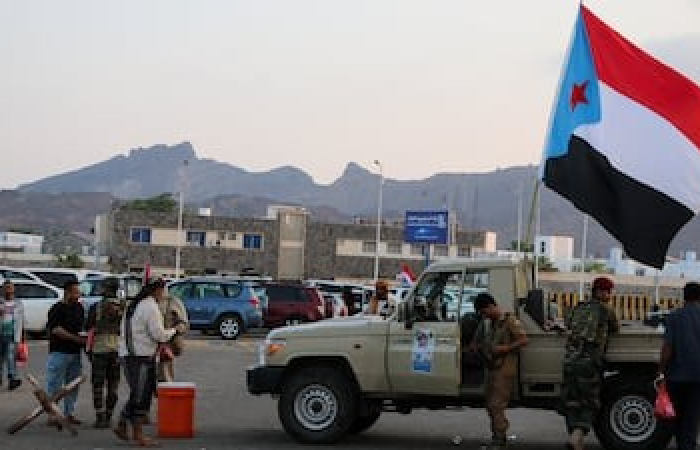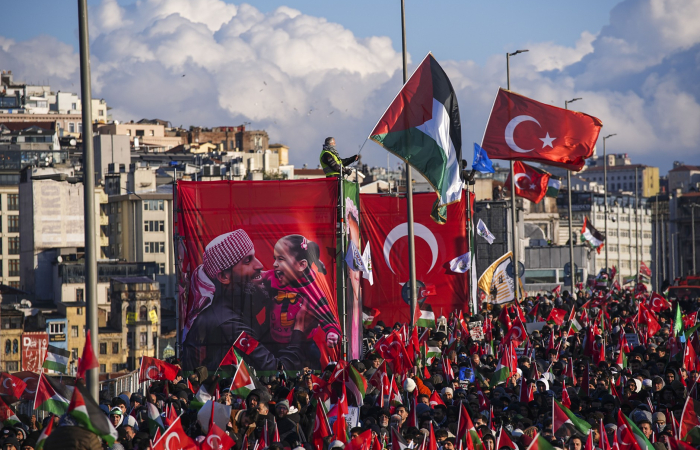The funeral has taken place in Tbilisi of former President Edward Shevardnadze who died a few days ago. Elder statesmen from all over the world, including former US Secretary of State, James Baker, and former German Foreign Minister, Hans Dietrich Genscher, joined official delegations from a number of countries, including Armenia and Azerbaijan, as well as Georgian political, civic and religious leaders, in paying tribute to the former President.
After a church service, President Shevardnadze was buried, next to his wife Nanuli, at the Ktsanisi Residency where he had spent the last years of his life. Edward Shevardndze was First Secretary of the Communist Party in Soviet Georgia from 1972-85 when he was appointed Foreign Minister of the USSR, serving in this position until 1991. In 1992 he returned back to Georgia to serve first as Head of the State Council and later as President until 2003.
source: commonspace.eu
photo: The funeral of President Edward Shevardnadze in Tbilisi on 13 July 2014. (picture courtesy of IPN - Georgia).






